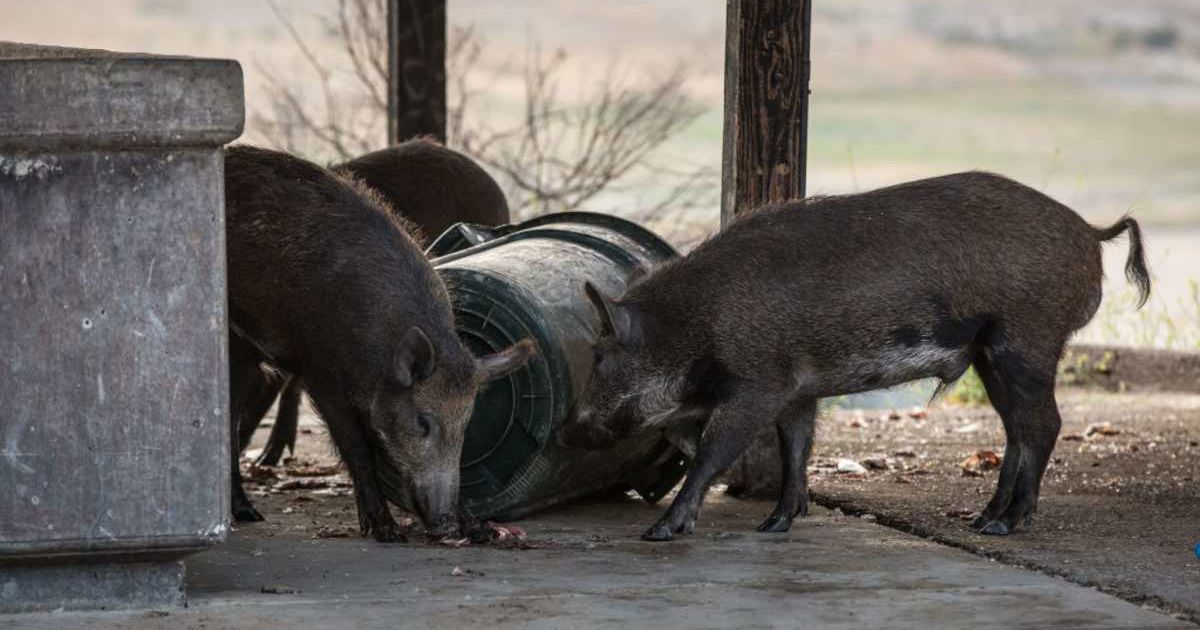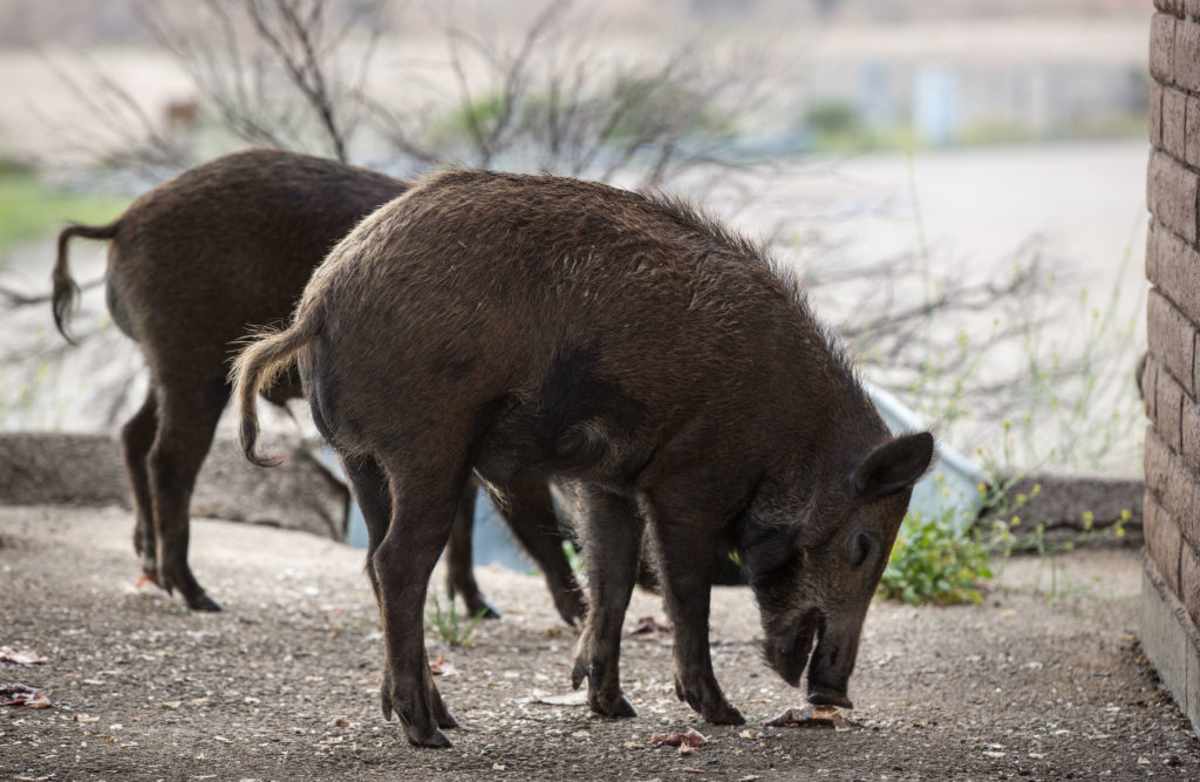The Strange Yet Alarming Reason Why Wild Pigs in California Are Turning Neon Blue on the Inside

Nature has a way of surprising us with the unexpected, including animals developing unusual traits and rare natural events that defy explanation. These strange occurrences can be fascinating, but also a little disturbing sometimes. In one such incident, it was seen that several wild pigs in California began showing up with electric blue fat, leaving locals and scientists confused. While it may seem unique, it’s not a sign of any new species or genetic mutation. Instead, the reason lies in something far more concerning.

Dan Burton, a resident of Monterey County, California, and the owner of Urban Trapping Wildlife Control, decided to cut open a dead wild pig earlier this year, and was surprised to see the blue fat under its skin. Speaking of the color, he said, “I’m not talking about a little blue. I’m talking about neon blue, blueberry blue.” Eager to find an answer, Burton reported the unusual finding to Monterey County authorities and the California Department of Fish and Wildlife, as reported by the Los Angeles Times. They explained that the strange color was caused by blue dye in rodent poison.

Officials guessed that the wild pigs might have ingested diphacinone, an anticoagulant rodenticide commonly used by farmers and agricultural companies to protect their fields from rats, mice, squirrels, and other pests. Experts are also alerting hunters to watch for potentially poisoned animals in the region and to avoid eating any contaminated meat. Ryan Bourbor, a pesticide investigations coordinator, said, “Hunters should be aware that the meat of game animals, such as wild pig, deer, bear, and geese, might be contaminated if that game animal has been exposed to rodenticides."
In California, diphacinone is classified as a restricted-use chemical, allowed only in certain cases to manage infestations. While the state imposes strict regulations, it has not completely prohibited their use, as reported by National Geographic. This harmful chemical can also be deadly to both people and animals, as it might result in blood clotting and can lead to dangerous internal bleeding. However, the quantity of the contaminated wild meat a person could safely consume is currently unknown. Another major difficulty is that these rodent poisons don’t always make animals turn bright blue, so hunters may struggle to spot the contamination.
Burton also said that the pigs, weighing between 100 and 200 pounds, seemed to be on their normal behavior despite their tissue being impacted by the poison. This might be because the chemical consumed by them was meant to kill much smaller animals. Meanwhile, another research study published in 2011 by the National Library of Medicine revealed that cooking does not do much to reduce diphacinone levels in contaminated animal meat. It also advised against eating pork from regions where rodent control poisons are actively used.
More on Green Matters
What Do Pigs Eat? In the Wild or at a Sanctuary, Their Diets Are Unexpectedly Diverse
While Animal Abuse Plagues the Meat Industry, It’s Rampant in the Pork Industry
One-Third of the Drinking Water in the U.S. Contains Possibly Toxic Chemical